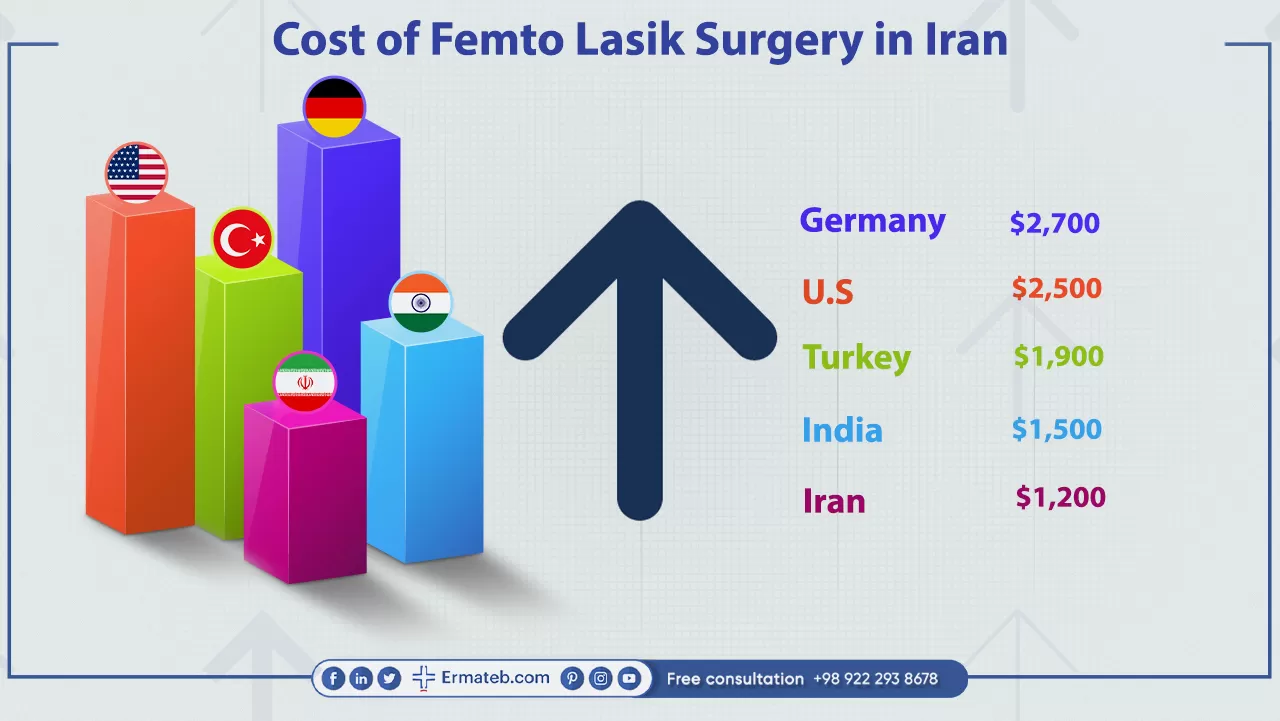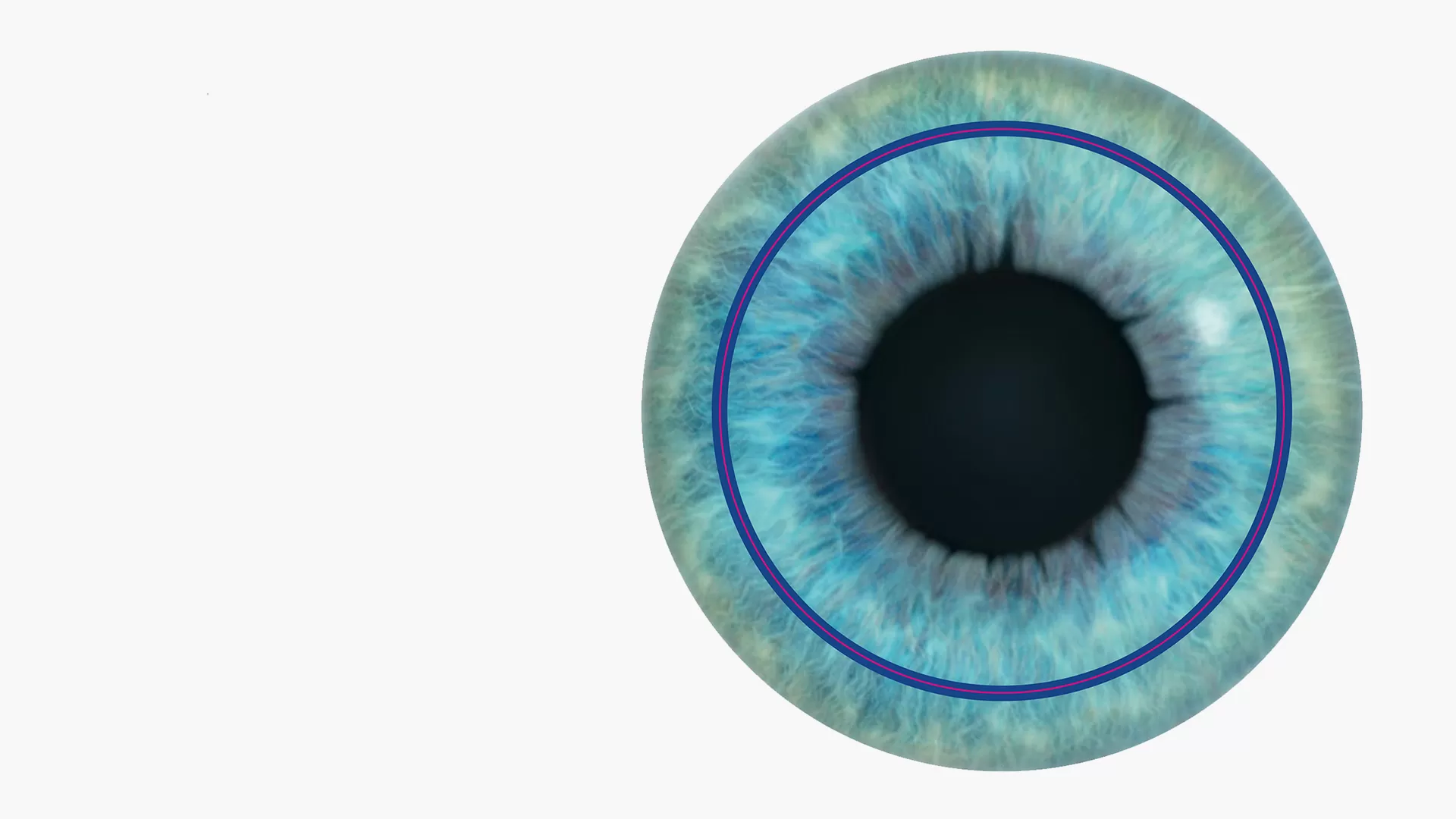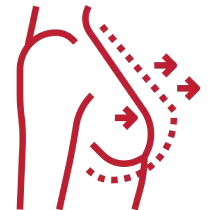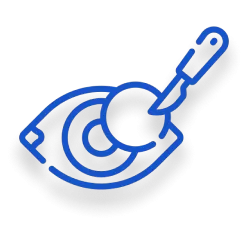Cost of Femto Lasik Surgery in Iran

The cost of femto Lasik surgery in Iran can depend on some factors such as your eye surgeon’s fee and how much your vision needs to be corrected. In addition, since this surgery may be seen as an elective procedure, it is not covered under most vision insurance plans.
On average, femto Lasik surgery in Iran costs about 1200$ per eye. Femto Lasik usually costs more than traditional Lasik since it contains higher-end technology. However, in Iran, the surgery costs much lower compared to other countries. For instance, the cost of the same surgery in the United States is about 2500$, in Germany is around 2900$, in India is 1500$, and in Turkey is about 1900$ Therefore, due to the low currency of Iran, international patients can undergo high-quality surgery at a more affordable cost.
Femto Lasik Procedure
On the day of surgery, the patient will be brought to an operating room and placed in a reclining chair. He/she will lie on their back under the laser system and a computer screen, and then numbing drops will be placed into their eyes. After that, a machine called an eye speculum will be used to keep the eyelids open during the operation.
A suction ring is centered over the pupil and after that, suction is applied. A glass lens to hold the globe of the patient’s eye steady and flatten the cornea. The surgeon administers the first treatment when the laser has fixated on the surgical area. The laser pulses to create a flap in the surface of the patient’s cornea and suction is released. When the flap is peeled back, a precise excimer laser uses ultraviolet rays in order to reshape the cornea as needed to resolve the condition.
The patient may hear a ticking sound or smell something burning during this part of the surgery. In the femto Lasik operation, the flap is replaced once the reshaping is complete. The flap heals in place without sutures.
The entire surgery should take 30 minutes for each eye. Make sure to have someone with you to drive you home after the operation.
Who Can Be the Ideal Candidate for Femto Lasik Surgery in Iran?

If you have the following features, you can be the ideal candidate for femto Lasik surgery in Iran:
1.Any type of Lasik surgery is only approved for use in adult patients. Therefore, you should be 18 or older.
2.The patient must have stable vision. It means that he/she cannot have Lasik surgery if they have had a change in their glasses or contact lens prescription over the last year.
3.The patient must not have any conditions or take medications that can prevent proper healing.
4.Individuals with particularly thin corneas may be at increased risk of blindness with Lasik surgery.
5.The patient may be prevented from having femto or any other type of Lasik operation if they have had previous refractory surgeries or procedures.
Some conditions that may prevent the patient from having the surgery are certain diseases or conditions that may warrant further discussion with the doctor or prevent the patient from being a Lasik candidate altogether. These conditions can include blepharitis, herpes zoster, dry eyes, herpes simplex, glaucoma, iritis, presbyopia, keratoconus, ocular hypertension, and uveitis.
Before the Femto Lasik Surgery
Before undergoing femto Lasik surgery, there are some important steps and considerations, including:
1. Consultation with the Surgeon:
The patient should schedule a consultation with an experienced ophthalmologist or refractive surgeon. He or she should Discuss their goals, expectations, and any risk factors. The surgeon will assess the patient’s suitability for the surgery.
2. Medical History Review:
The surgeon will conduct an extensive review of the patient’s medical history. The patient must inform them about any medications they’re taking or health conditions that might interfere with the operation.
3. Eye Examination:
The surgeon will perform a thorough eye exam to evaluate the health of the patient’s cornea and overall eye condition. They will assess whether the cornea is suitable for laser vision correction.
4. Contact Lens Removal:
Based on the type of contact lenses the patient wears, they may need to remove them for a specific time before their surgery (usually about 1 to 3 weeks). Contact lenses can change the shape of the patient’s cornea, therefore, their removal ensures accurate measurements.
5. Avoid Makeup and Lotions:
Patients must not use makeup, perfume, or lotions on the day before and the day of the operation since they can interfere with the surgical process.
6. Preoperative Instructions:
The surgeon will provide specific preoperative instructions and the patient must follow them diligently to ensure a successful surgery and smooth recovery.
How Does the Femto Lasik Procedure Work?
To understand the femto Lasik procedure, you have to understand how vision issues develop and how refractive surgery helps. When your eye has trouble bending and focusing light, refractive errors occur. Types of refractive errors are:
1.Myopia:
Also called nearsightedness, is to have trouble seeing far away. This condition is when the cornea has a steeper shape, so refractive surgery decreases the curvature of the cornea to correct it.
2.Hyperopia:
Also called farsightedness, is to have trouble seeing close things. In this condition, the patient’s cornea is too flat, and refractive surgery is used to increase the curvature of the cornea.
3.Astigmatism:
Imperfections in the shape of the cornea, which are caused by irregular curving of the cornea, and operation can be used to reshape the irregular areas.
4.Presbyopia:
Loss of elasticity in the eye occurs with age and happens when the lens inside the eye becomes stiffer and loses flexibility. While refractive operation can help correct this issue in some cases, it can also prevent the person from being a candidate for refractive surgery.
Remember that not all of these problems can be corrected by refractive surgery. Refractive surgery only works to correct issues that can be resolved by reshaping the cornea. When refractive operations are used to correct these problems, a cut is made on the surface of the patient’s eye, and a laser is used to reshape the cornea.
Advantages and Disadvantages of Femto Lasik Surgery
A study by ResearchGate regarding the pros and cons of this method
Advantages:
1. The biggest advantage of this surgery is that it allows patients to perform the procedure without any manual incisions. Thus, the damage is much less and the healing period is shorter. The flap made with a femtosecond laser has a thickness of 100 microns, which means very low damage to the cornea.
2. The use of femto Lasik or femtosecond lasers results in less discomfort during and after the surgery compared to traditional methods.
3. Patients usually need fewer post-operative visits for follow-up care.
4. If needed, enhancements or adjustments to the vision correction are performed more easily with femto Lasik surgery.
5. The femto Lasik procedure is effective for correcting high myopia (nearsightedness).
Disadvantages:
1. Like with any surgical procedure, there is a risk of side effects, such as infection, inflammation, or dry eyes.
2. Although rare, flap displacement can occur weeks or months after the procedure.
3. Femto Lasik tends to be more expensive compared to traditional Lasik because of the use of specialized laser technology.
Risks and Side Effects of Femto Lasik Surgery
Like other types of Lasik surgery, femto Lasik has some risks and complications, and individuals with certain characteristics or conditions may not have the surgery. Lasik surgery risks include:
1.Treatment may be minimally effective or not help at all
2.Reduced effectiveness over time
3.Permanent vision loss
4.ongoing vision symptoms like halos around lights
Complications specific to femto Lasik include:
1.Opaque bubble layer: Also known as OBL, occurs when gas bubbles accumulate in the flap and interfere with the ability of the laser to work.
2.Transient light sensitivity syndrome: This problem, also called TLSS, can arise days or weeks after the operation and can result in extreme sensitivity to light and vision issues. Topical steroids can be used to treat this condition.
3.Rainbow glare: This is caused by tiny irregularities on the back of the flap created during the procedure. Rainbow glare can result in the appearance of colored bands of light in the field of vision when looking at a white light source.
Femto Lasik Surgery Recovery
After the femto Lasik surgery, the patient may experience discomfort (such as mild pain, itching, burning, or irritation), watering or tearing, redness, and halos or glare around lights.
These symptoms can last a few days; therefore, patients may want to take some time off work.
The surgery offers a relatively swift recovery time, although individual experiences can vary. During the recovery process, patients can expect:
Immediate Post-Op Period: After femto Lasik surgery, the patient will likely experience some blurred vision and discomfort. The patient’s eyes may be sensitive to light, so wearing sunglasses is advisable. In addition, the patient should avoid rubbing their eyes to prevent dislodging the corneal flap.
In the first 24 to 48 hours, the patient should allow their eyes to rest and refrain from strenuous activities. He/she needs to wear an eye shield during the recovery process. The patient should also attend their scheduled follow-up appointment with the surgeon.
In the first week, the corneal flap will heal in place without sutures. The patient will notice gradual improvement in vision. He/she should avoid getting water in their eyes (e.g., swimming, hot tubs).
In the first month, the patient’s vision will continue to stabilize. Some individuals experience vision fluctuations during this period.
Three to Six Months after the surgery, most patients achieve full recovery. However, patients should continue attending follow-up appointments as advised. They should also avoid eye strain, if they experience dryness, use preservative-free artificial tears, and protect their healing cornea by avoiding eye rubbing.
Remember that every patient heals differently, but following the surgeon’s instructions diligently will contribute to a successful recovery. Additionally, eating foods rich in vitamin A and omega-3 fatty acids can help in the healing process.


 Arabic
Arabic
 German
German
 Persian (Farsi)
Persian (Farsi)
 Russian
Russian
 Beauty
Beauty






 Medical
Medical




 Hotels
Hotels
 Hospitals
Hospitals































![Frequently asked question about [name]](/v2tem/images/pages/service/faq-image.webp)
